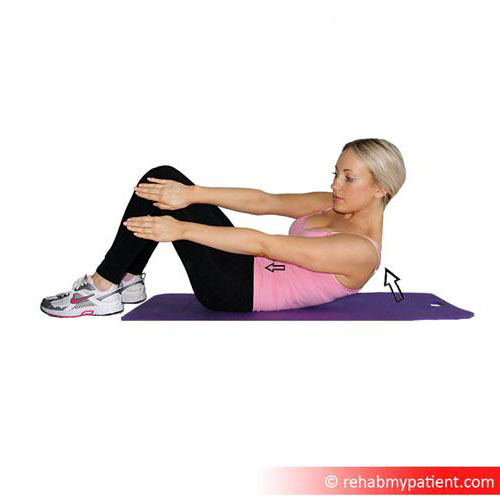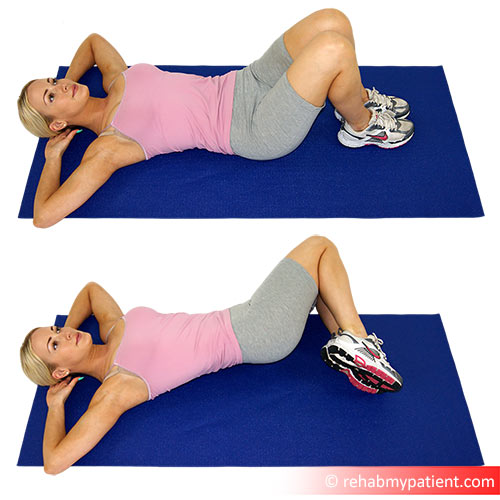External Oblique
Posted on 23rd Jul 2020 / Published in: Abdomen

General information
A flat superficial abdominal muscle situated in the lateral abdomen. Along with the anterior abdominal muscle this muscle forms the anterolateral abdominal wall. The fibres are located inferiorly and medially and they overlap with other muscles in that region, such as the transverse abdominals and internal obliques.
Literal meaning
The outer slanting muscle of the belly.
Interesting information
The external abdominal oblique muscle and the other abdominal muscles assist in maintaining abdominal tension and supporting abdominal viscera, increasing intraabdominal pressure. This is important in maximal expiration, coughing and defecation.
Origin
External surface of the lower eight ribs, 5-12.
Insertion
The linea alba, the anterior half of iliac crest and the pubic tubercle.
Function
Bilateral contraction along with rectus abdominis and internal oblique flexes the trunk by drawing the pubis towards the xiphoid.
Unilateral action: ipsilateral side flexion and contralateral trunk rotation.
Nerve supply
Upper two-third of external abdominal oblique: lower intercostal nerves T7-T11 and subcostal nerve T12.
Lower third: iliohypogastric nerve L1 from lumbar plexus.
Blood supply
Upper two-thirds: lower posterior intercostal and subcostal arteries.
Lower third: deep circumflex iliac artery.

Relevant research
The research shows that this muscle along with the other abdominal muscles can lead to umbilical hernia when they are weak.
The most effective exercises to activate the rectus abdominis, external and internal obliques, and latissimus dorsi muscles were the roll-out and pike exercises, with minimal lumbar paraspinals and rectus femoris activity.
Escamilla, R. F., Lewis, C., Bell, D., Bramblet, G., Daffron, J., Lambert, S., Pecson, A., Imamura, R., Paulos, L., & Andrews, J. R. (2010). Core muscle activation during Swiss ball and traditional abdominal exercises. The Journal of orthopaedic and sports physical therapy, 40(5), 265–276.
External oblique exercises
Strengthening:

Oblique crunch
Lie flat on your back with knees bent, in controlled form sit up and reach towards the outside part of your knee with your arms. Your shoulder blades should only just lift off the floor.
Stretching:

Oblique stretch
Lie flat on your back, with the knees bent. Putting your hands behind your head, gently lower both your knees to one side, towards the floor, going as far as it feels comfortable.
Sign UP
Sign up for your free trial now!
Get started with Rehab My Patient today and revolutionize your exercise prescription process for effective rehabilitation.
Start Your 14-Day Free Trial